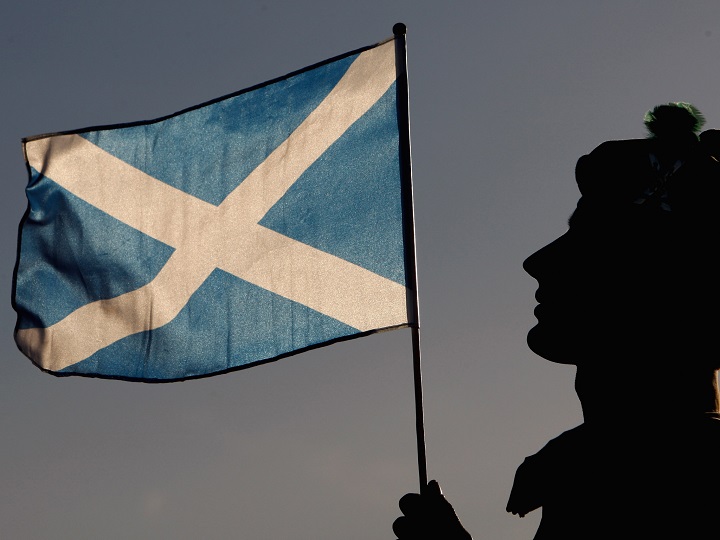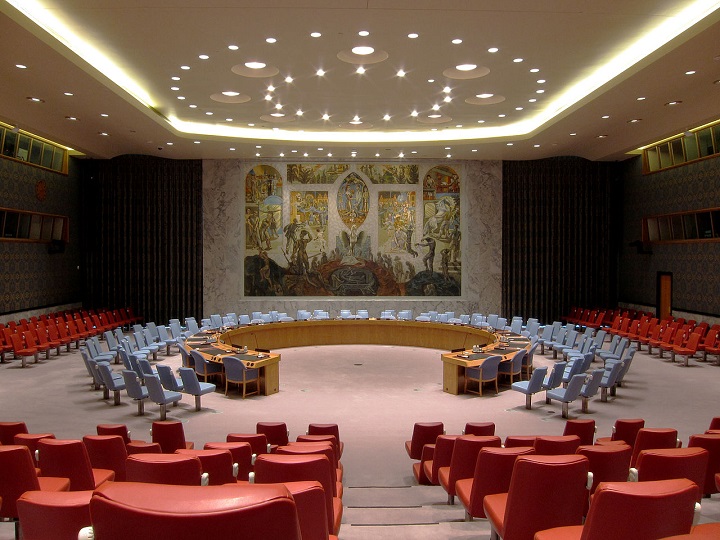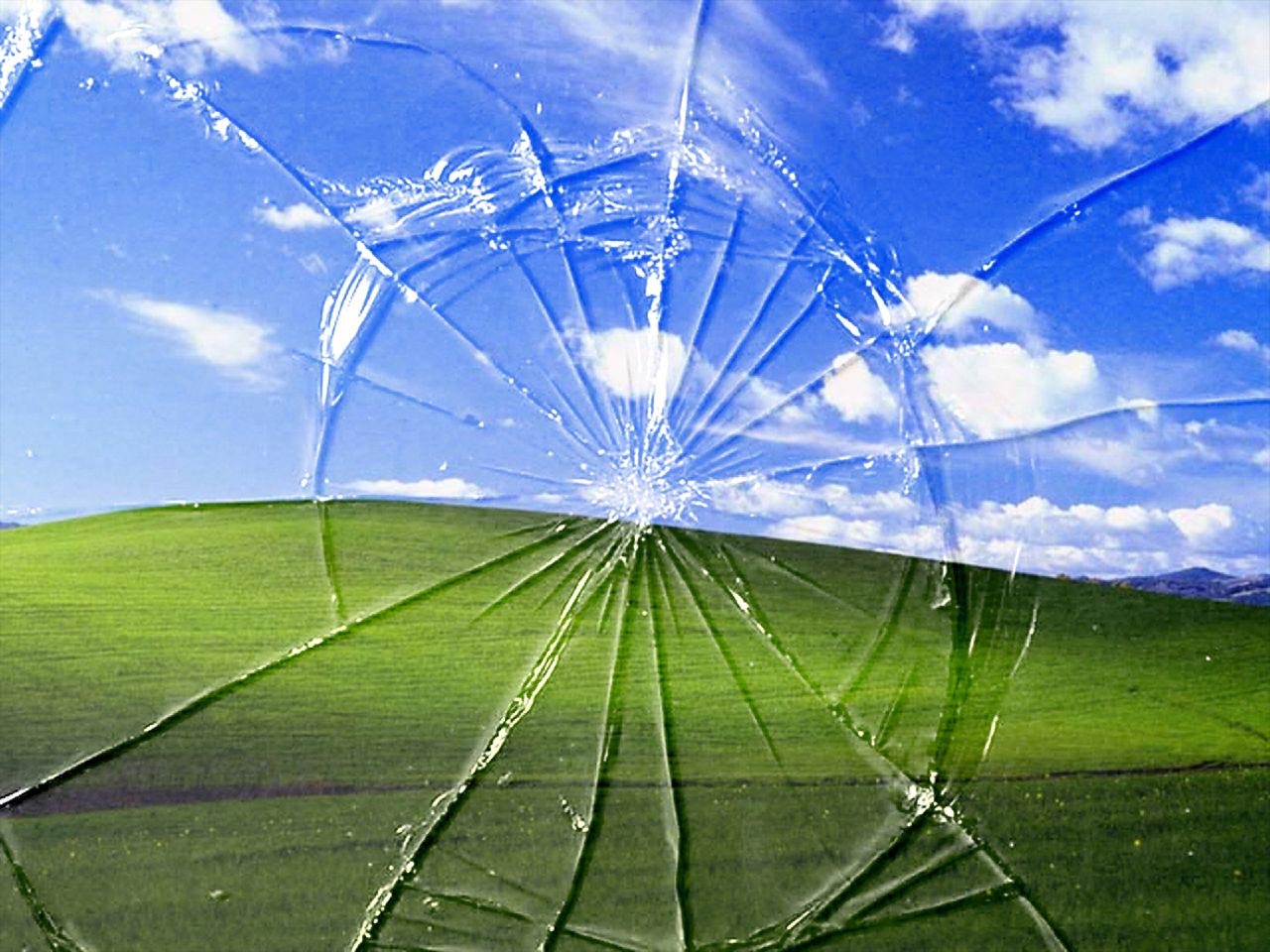The Invasion of Rugby Park
I have been reminded of an anniversary and who do I have to thank for this reminder? The victorious Waikato Chiefs. You see before it was logically named Waikato Stadium, the Chiefs home ground was even more logically named Rugby Park. Their recent title win comes merely a week after the 32nd anniversary of the invasion of Rugby Park in 1981. This was a day when several hundred anti-apartheid protestors stopped the Waikato v Springboks match. ‘I don’t remember that’ you say, and you would be right. You were far too young, possibly not yet a glint in the paternal tradesman-of-your-choice’s eye. I was five and as I mentioned in ‘The Rugby Blanket’ , it was my dramatic introduction to the game of rugby.
In a similar vein to my post which immortalises my Nana’s short story (The Tramp). I simply want this recollection of that day on permanent record on my blog. It’s a moment in history that shouldn’t be forgotten. I think New Zealand has come a long way since then but that doesn’t mean we should rest on our laurels and develop a kind of political apathy. Stand up, take a look around and simply change something that is inherently wrong in your society, just like my folks did way back when. You can find this recollection in my book ‘The Rugby Blanket’ as part of the episode entitled, ‘My Folks’. Here are the words of my father, Paul Muir. Enjoy.
‘Your Mum and I went with a friend, Paul Manson, to Hamilton and stayed with anti-tour supporters overnight before the game. We met up with Fr. Terry Dibble (a priest who had associations with the Young Christian Workers Movement) who bought with help of anti-Tour funds a large number of tickets to distribute to anti-Tour protestors. These got us on the embankment at one end of the ground. The intention was, on a signal from someone wearing a yellow coat and blue beanie, to invade the pitch. The three of us had tickets and joined the building crowd.
Meantime the march of thousands of anti-tour protestors was passing as close to the ground as they were able. When they got close to the embankment we were on, some in the lead group broke away to the wire netting fence line. A few had bolt cutters to help strip the netting from the poles. They pulled it down so those behind could stream onto the bank. The Police did not have sufficient numbers to prevent this happening and hundreds managed to swarm onto the embankment before they could control them. We were standing waiting for the signal inside the ground when we had this rush of protestors, climbing up a bank and spilling into the Park. We all joined in and started jumping the ground fence which was about waist high and the small amount of police were not able to stop us racing past the goalposts and out into the middle.
One memory was a Christian guy, Mark Vivian, carrying a full size crucifix with him onto the ground – I’m buggered if I know how he got that out there! He was a fellow student on my postgraduate social work course a year later in 1982. It was only then that we realised we were both involved in the invasion of Rugby Park in Hamilton.
All of this happened within half an hour of the game start time. I’m not sure how many of us were there but it was definitely hundreds, probably four or five hundred. What we did then was form a circle with the men, especially those with the most protective clothing, forming the outside ring facing the crowd. I remember the volume of noise from the hostile crowd, a few of whom jumped the fence and started attacking us. It was a very tense and anxiety-provoking time not knowing quite what would happen next.
I remember the squads of police that marched onto the ground and spread out in formation between the crowd and the protestors. There were intermittent attempts to start removing some of us but there were too many of us for the police to deal with our passive resistance. We linked arms and held our ground. Some of our leaders talked with the police officers in charge – there is a well known picture of Terry Dibble talking to Chief of Police, Bob Walton.
It became clear that the Police were concerned about the crowd invading and needing to keep them and the protestors apart. It was a scary place to be. The tension was extraordinary. A whole gamut of feelings emanated from me thinking about what might happen. It was frightening to think the rugby crowd might attack us en masse. There was a sense that the Police were unsure of what to do next.
What most of us did not realise at the time is that the police had information about a pilot, Pat McQuarrie, who was taking a plane from an airport in Taupo and flying to Hamilton with the threat of dive bombing into the main stand. After what seemed like an eternity but was probably more like half an hour to an hour of this standoff the police, for safety reasons, decided the game should be abandoned. This was announced over the public address system. The crowd’s hostility was extraordinary at this point and some tried to storm onto the field and attack us. Mostly, fortunately, they did not break through the police ranks.
When it was clear the game was not proceeding and we had achieved our objective, the next issue was how we were going to get out of there! Eventually the police formed a barrier between us and the crowd to one corner of the ground. We were ushered through this channel about three wide. We were shielding ourselves from cans, bottles, rocks and anything the crowd could hurl at us as we went. Eventually we were outside of the ground. It was like a ‘no man’s land’. We did not feel safe at this point because many of the crowd had left the ground in advance and were milling in the local streets. Groups were attacking who they could identify as protestors. Some of us were directed into local ‘friendly’ houses. I remember John Minto and a few others being ushered away into a house, bloodied, battered and harassed by some of the rugby crowd.
Frankie, Paul and I managed to find each other outside the ground at this time. We were still in the shadow of a stand at the ground. We looked at each other and started to make comments about what we had managed to achieve and that it looked like we could make it away from the ground without injury when a rock, thrown from the back of the stand above, hit Paul in the face. It was a serious injury. His face and eye were bloodied and damaged. We started to look for first aid help and eventually Paul was put in an ambulance and taken to Waikato Hospital along with others injured. Frankie and I managed to get away from the Park unscathed.
I don’t remember much more until we got to the hospital to see how Paul was. We got to see him and then we were told to leave by hospital staff. A message got out that some of rugby crowd were coming to the hospital to attack protestors and their supporters. By this stage it was night time. I remember walking back to the house where we were staying overnight. It was eerie and scary. I half expected to be jumped on. I was in a hyper aroused state. The adrenalin that kicked in when we first ran onto the ground was kicking in again – as it had at various points over the past 8 hours or so.
Paul suffered permanent injuries to his face including the partial loss of sight in one eye. He is a very good musician and a teacher. He is currently Principal of St Joseph’s Primary School in Takapuna.
While we had feelings of elation about what we achieved in managing to stop the game, especially considering the media attention that resulted; it also felt a bit hollow. It was tempered for me by the tension, fear, hostility and violence and the injury to Paul in particular. The Hamilton event made me approach the subsequent rallies and protests with a degree of reserve and caution. I participated but did not get involved in the front line skirmishes with the Police and Pro-Tour crowd.’














It’s great that you have recorded this story for posterity and the fact it’s you dad’s personal experience is very special.
Thank you for writing this story. What a surprise to stumble upon it! It is an accurate account, and one that evokes strong memories of an important piece of New Zealand history. All the more powerful for the personal recollection of your father, who, along with your mother and many others on that day, showed considerable courage.
In the years that followed, for me at least, the story become less about Mandela, or Biko, or even apatheid, and more about my own country and its first people.
Thank you for handing on a difficult moment long past with such sensitivity. Of your writing I think, “E iti noa ana, na te aroha”
Wow, Thank You Paul! I talked a lot with Dad about these moments and I feel now these events have also inspired me to examine our culture. Really appreciate the feedback and hopefully I will have a few more books in me yet.